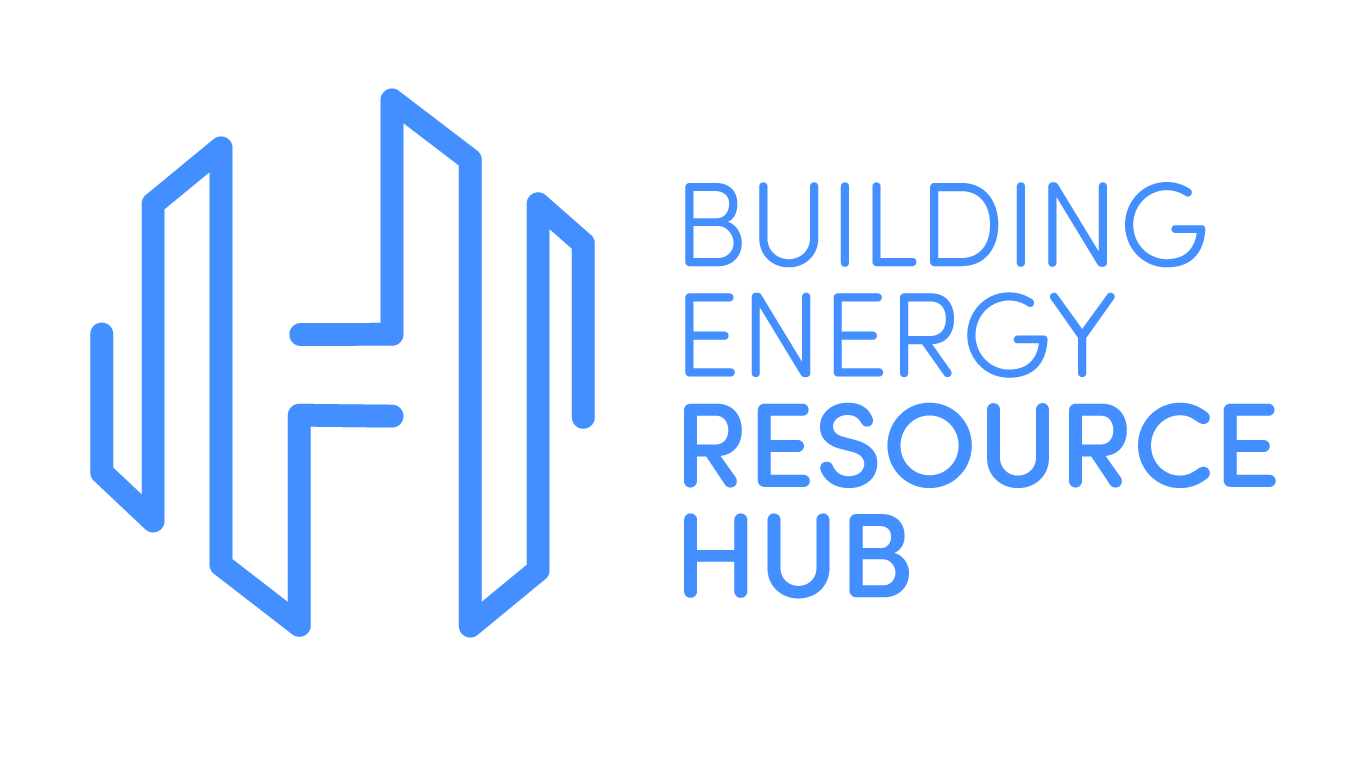Building Energy Resource Hub 180 N. LaSalle St. #2210 Chicago, IL 60601 info@buildinghub.energy
The Building Energy Resource Hub is a project of Illinois Green Alliance.
EIN: 75-3098915
2023 Illinois Commercial Stretch Code Guide
Introduction
The International Energy Conservation Code® (IECC®) is a model building code that establishes minimum energy efficiency standards for new construction and existing buildings. The 2023 Illinois Commercial Stretch Energy Code, effective January 1, 2025, is based on the 2024 IECC with amendments. These amendments ensure that the site energy indexes in the Climate and Equitable Jobs Act (CEJA) are achieved.
Site energy index is a metric used to compare the site energy use—energy consumption at a building site as measured by utility bills—of a code to a determined baseline. In Illinois, the baseline is the 2006 IECC, and lower site energy indexes represent greater efficiencies within the code. CEJA requires the Illinois Commercial Stretch Energy Code (Stretch Energy Code) to provide a pathway to achieve a site energy index of 0.39 of the 2006 IECC or less by the end of 2031, as shown in the figure.
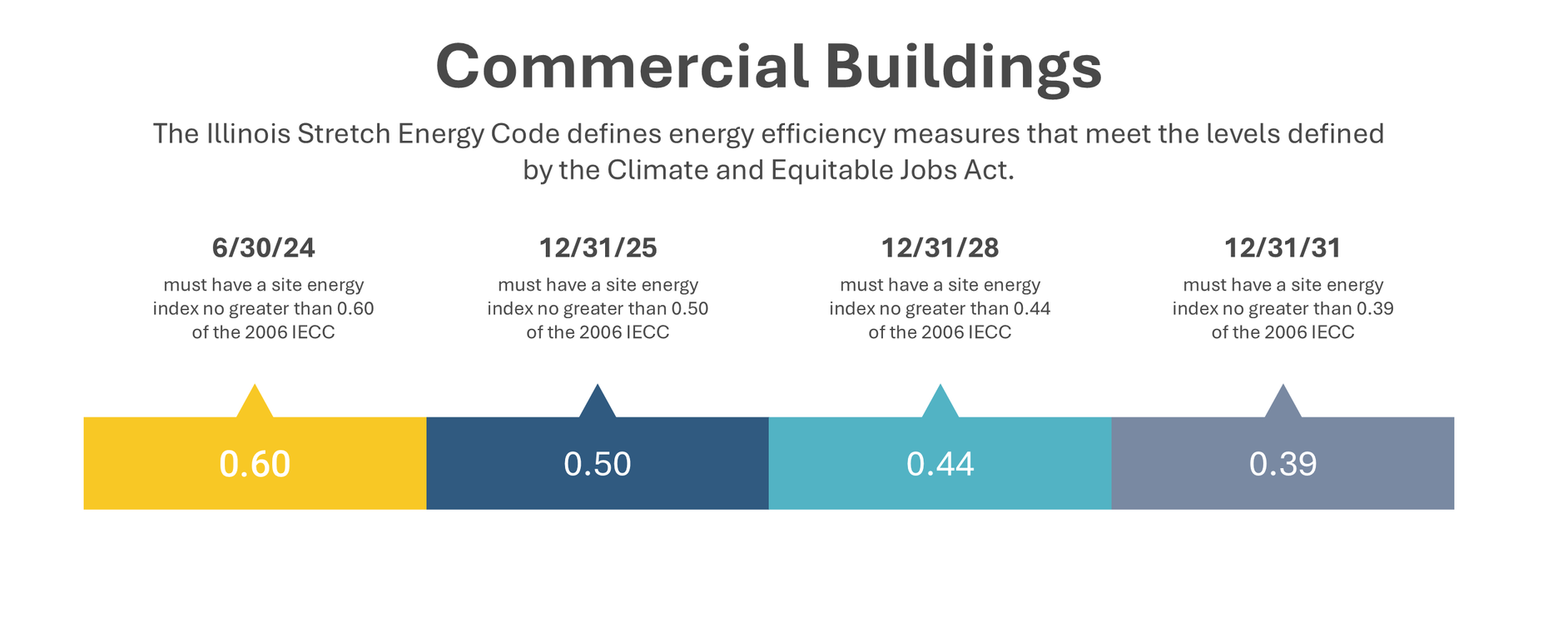
Improvements in Energy Efficiency
The U.S. Department of Energy (DOE) is required through statutes to issue a determination as to whether the newest edition of the model energy codes results in greater energy efficiency when compared to the previous version. For residential buildings, DOE analyzes IECC residential provisions. Historically, DOE has issued determinations on ANSI/ASHRAE/IES Standard 90.1 (Standard 90.1) provisions for commercial building projects. However, DOE completed similar analysis for the 2021 IECC commercial provisions and this same analysis is expected for the 2024 IECC in the coming months.
Because Standard 90.1 is a compliance pathway for the IECC, understanding the changes in efficiency over time provides important insight to the IECC commercial provisions as well. In 2024, DOE found Standard 90.1-2022 to be approximately 9.8 percent more efficient than the 2019 version of the standard; Standard 90.1-2019 is nearly 5 percent more efficient than Standard 90.1-2016. The below shows these and earlier changes in efficiency of Standard 90.1 provisions over time.
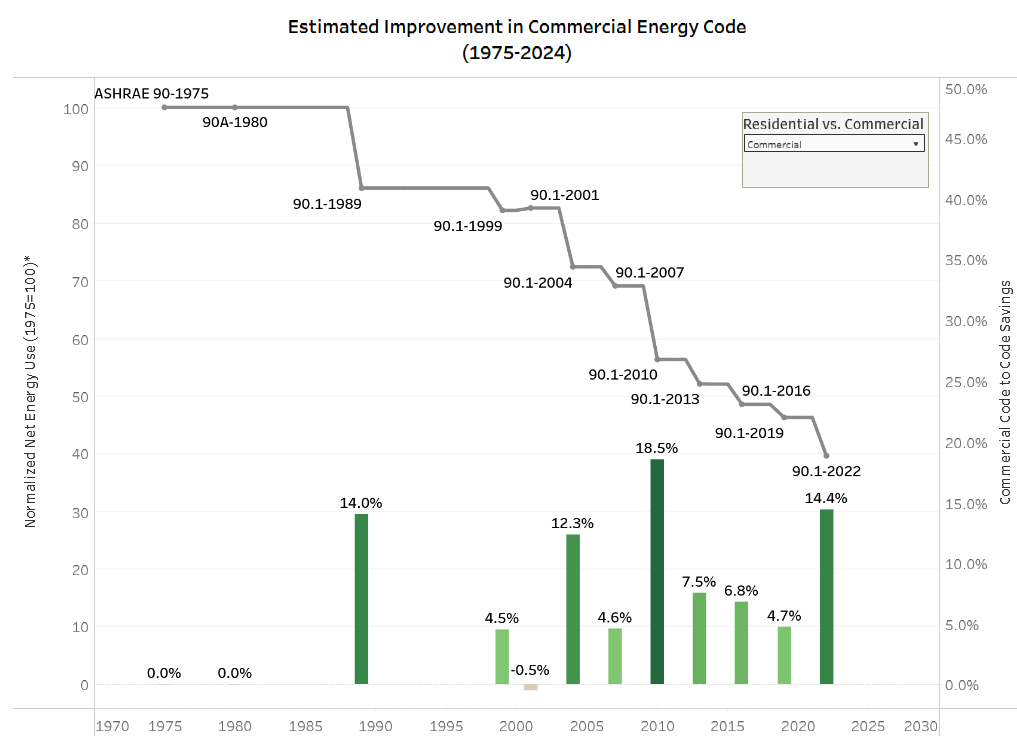
In its analysis of the IECC commercial provisions, DOE found the 2021 IECC to be approximately 12 precent more efficient than the 2018. Further, it found the 2021 IECC provisions to be 6.5 percent more efficient than Standard 90.1-2019. Analysis of the 2024 IECC provisions is forthcoming.
The Stretch Energy Code is based on the 2024 IECC with increased efficiency measures, most of which were included in the final draft of the 2024 IECC and removed through the appeals process. The appealed provisions are now included as appendices in the 2024 IECC. Additional amendments specific to Illinois expand compliance options, improve efficiency, and ensure requirements can be easily met with readily available equipment.
Adopting the 2023 Illinois Stretch Energy Code
Per CEJA, the Stretch Energy Code is available for adoption by any municipality and projects authorized or funded by the Capital Development Board. Where adopted, the Stretch Energy Code provisions supersede the Illinois Energy Conservation Code.
Significant Amendments in the 2023 Illinois Commercial Stretch Energy Code
To ensure the goals set forth in the Climate and Equitable Jobs Act related to site energy indexes are achieved, the Stretch Energy Code includes key amendments to both the administrative and energy efficiency requirements of the 2024 IECC. These amendments are summarized in the following sections.
Significant Administrative Amendments (Chapters 1 Through 3)
The first three chapters of the Stretch Energy Code outline the roles and responsibilities of designers, code officials, builders, and other industry professionals and provide the background knowledge necessary to effectively implement and enforce the code.
- Chapter 1 establishes the limits of applicability of the code and describes how the code is to be applied and enforced.
- Chapter 2 defines specific terms used throughout the code that are essential for understanding code requirements.
- Chapter 3 includes broadly applicable requirements such as climate zones and product rating and installation requirements.
| Topic | Description of Change |
|---|---|
| Adoption | The Board will amend the Stretch Energy Code to improve the site energy index incrementally. (C101.1.1) |
| Compliance | The local authority having jurisdiction must establish procedures for enforcing the Stretch Energy Code. (C101.5) |
| Professional Seals | The seal of an architect or engineer may be used to demonstrate compliance. (C101.4.2) |
| Above Code Programs | Passive House Institute and Passive House Institute U.S. are named as approved compliance options for above code programs. Appendix CC, Zero Net Energy Commercial Building Provisions, may also be used. Above code programs must meet the mandatory requirements in Table C407.2.1. (C103.1.1) |
| Information on Construction Documents | Information related to electric-ready systems must be included on the construction document details. This includes details of the additional electric infrastructure and interior and exterior spaces designated for future electric equipment. (C105.2.2) |
| General Definitions | Definitions are added for terms related substantial improvements. This is important for application of the existing building requirements. (C202) |
Commercial and Residential Buildings Defined
The 2023 Illinois Residential Stretch Energy Code applies to residential buildings, as defined in Chapter 2 of the Stretch Energy Code. This definition is specific to the state of Illinois.
| Illinois-specific Definition | As Defined in the IECC |
|---|---|
| RESIDENTIAL BUILDING. A detached one-family or two-family dwelling or any building that is three stories or less in height above grade that contains multiple dwelling units, in which the occupants reside on a primarily permanent basis, such as a townhouse, a row house, an apartment house, a convent, a monastery, a rectory, a fraternity or sorority house, a dormitory, and a rooming house; provided, however, that when applied to a building located within the boundaries of a municipality having a population of 1,000,000 or more, the term “residential building” means a building containing one or more dwelling units, not exceeding four stories above grade, where occupants are primarily permanent. | RESIDENTIAL BUILDING. For this code, includes detached one- and two-family dwellings and multiple single-family dwellings (townhouses) and Group R-2, R-3 and R-4 buildings three stories or less in height above grade plane. |
Climate Zone Designations
The climate zone provisions in Chapter 3 underwent a significant update in the 2021 IECC. This resulted in the addition of Climate Zone 0 and a shift in climate zones for approximately 10 percent of U.S. counties, including six Illinois counties. The following counties shifted to a warmer (or lower) climate zone and are now in Climate Zone 4A:
• Calhoun
• Clark
• Coles
• Cumberland
• Greene
• Jersey
The remaining counties are in climate zones 4A and 5A, as shown in the figure.
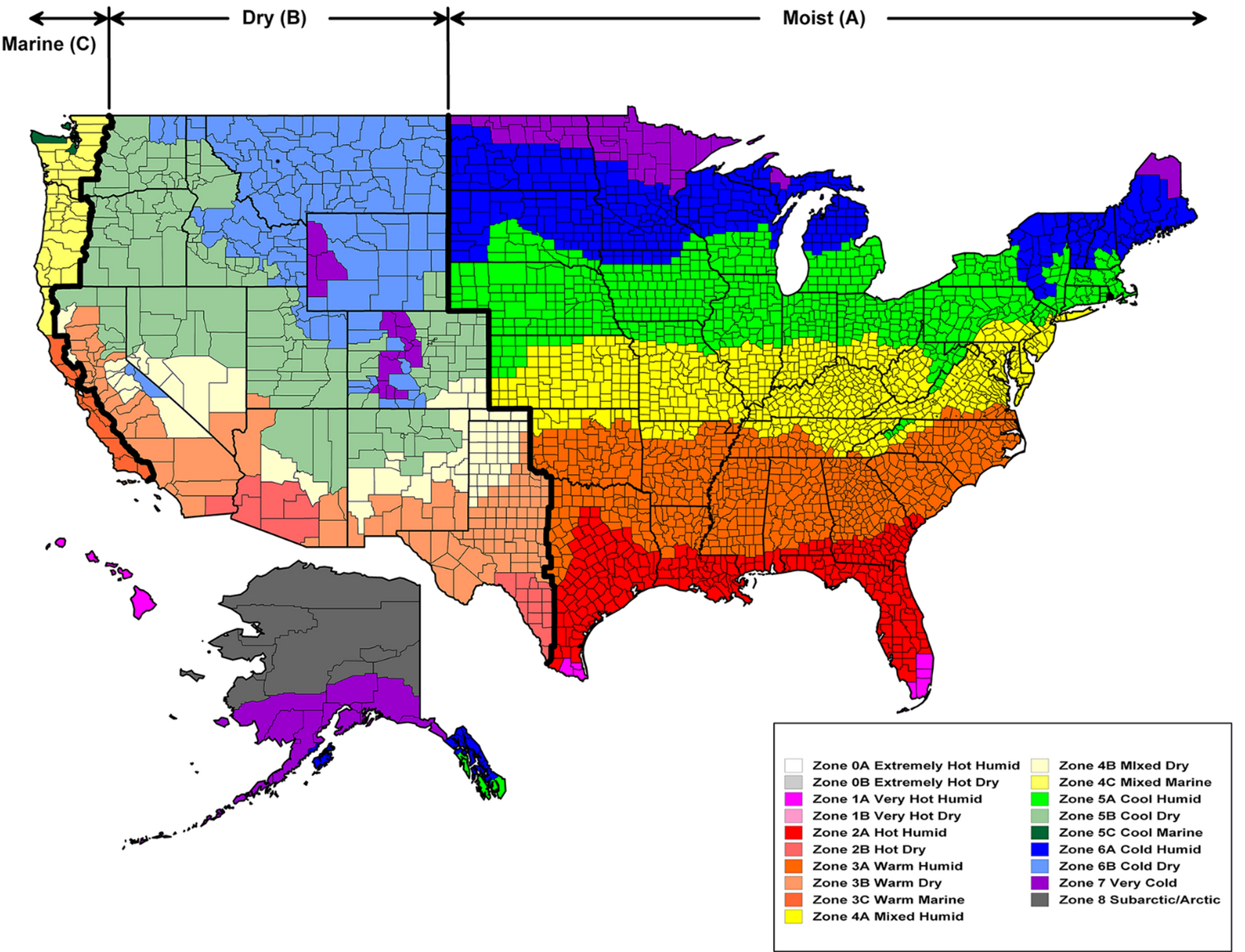
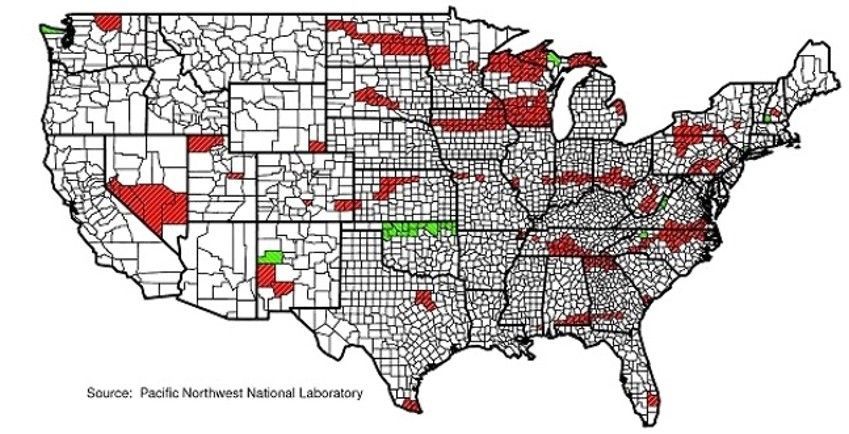
Significant Energy Efficiency Amendments (Chapter 4)
Chapter 4 of the 2023 Illinois Commercial Stretch Energy Code includes the energy efficiency requirements for the building thermal envelope, mechanical systems, service water heating systems, and interior and exterior lighting systems for commercial projects, as well as building commissioning and additional efficiency requirements.
Compliance Options of the Stretch Energy Code
Commercial building projects can comply with the Stretch Energy Code through the provisions of the IECC or Standard 90.1-2022. Projects complying with the IECC may either follow the Prescriptive Compliance option or the Simulated Building Performance option. These compliance options are summarized in Figure 5.
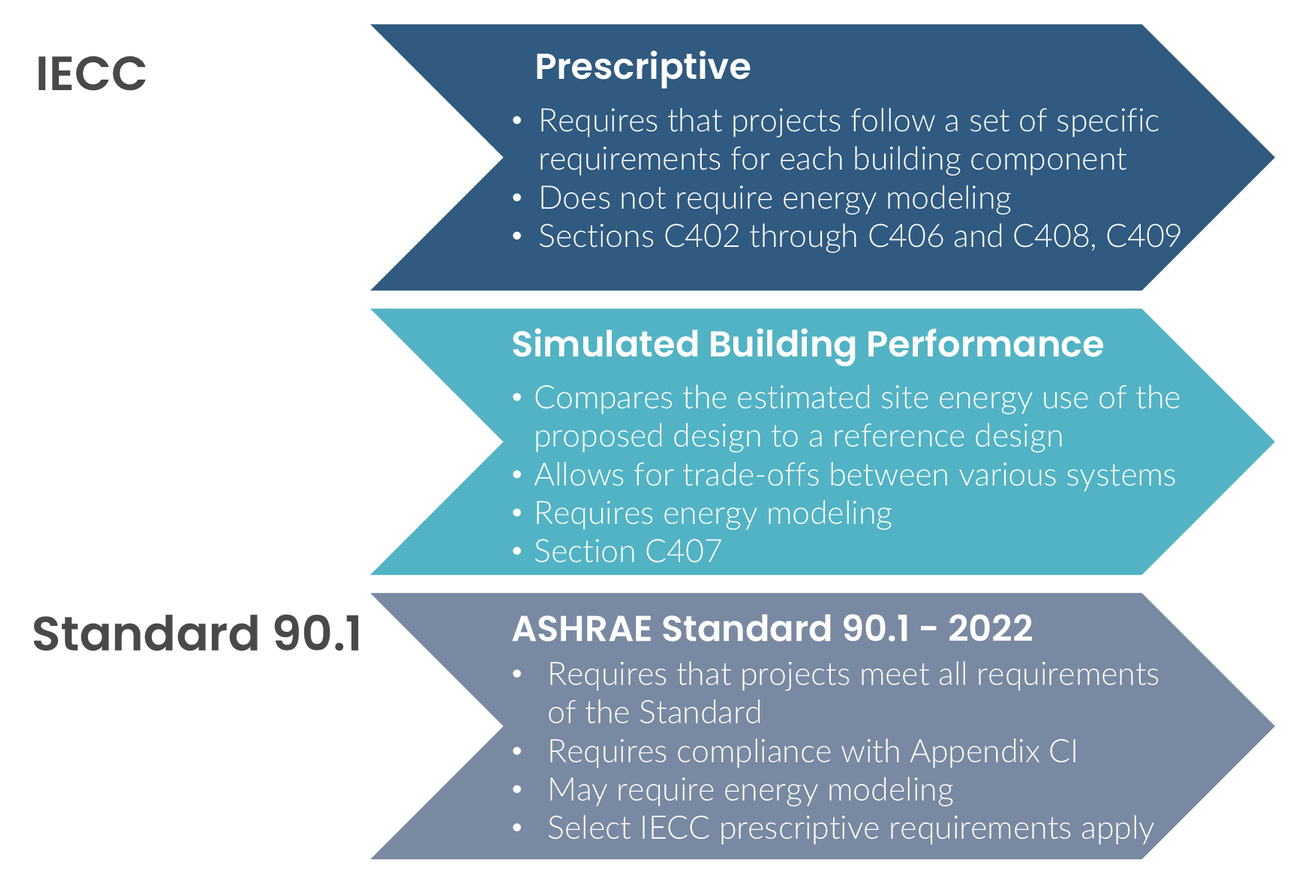
Building Thermal Envelope Certificate
All projects, regardless of pathway selected for compliance, must post a permanent building thermal envelope certificate in an approved location (such as a utility room). The certificate must include the R-values of insulation installed in or on thermal envelope components, U-factors and solar heat gain coefficients of fenestrations, and envelope air leakage test results. Figure 6 is an example of a thermal envelope certificate although the format and layout may vary by jurisdiction.
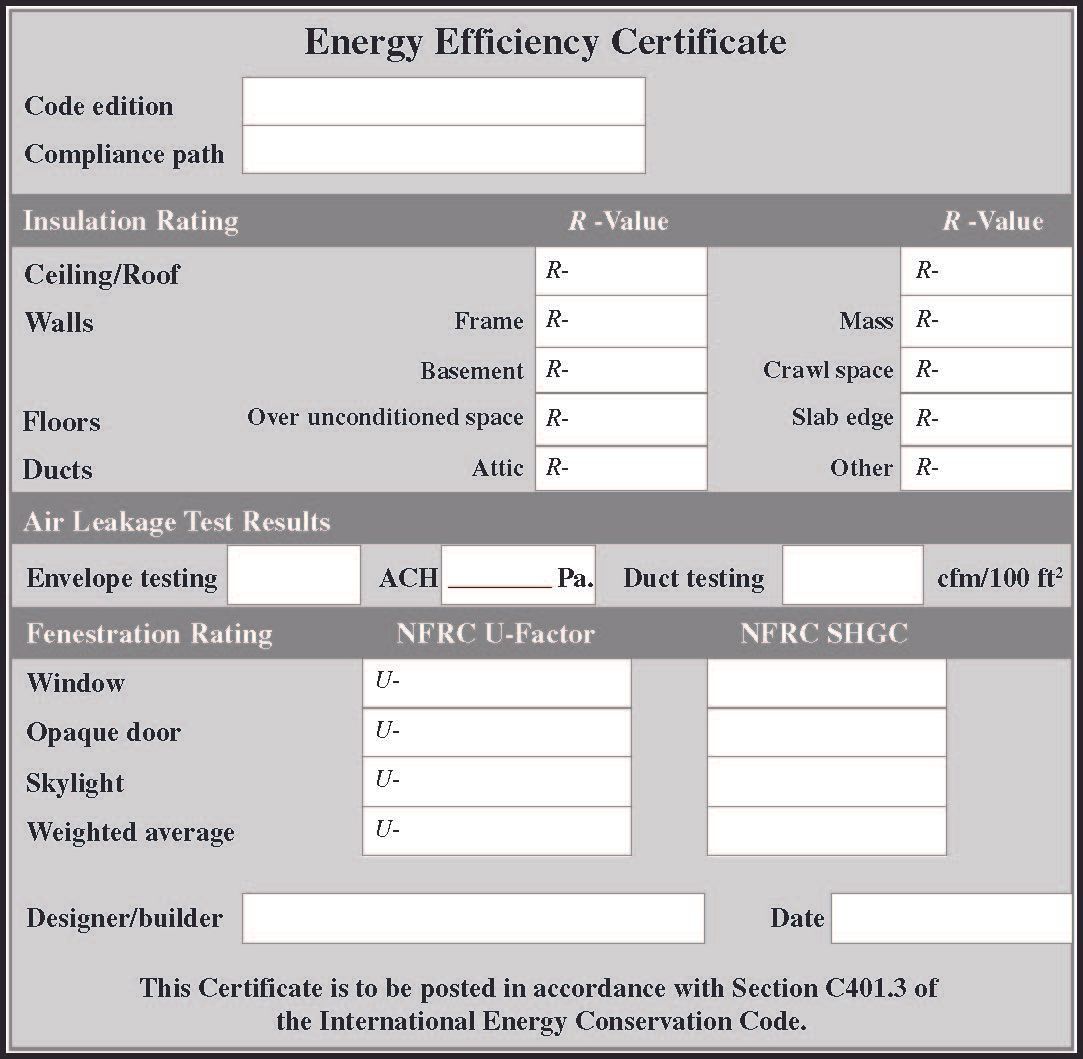
Prescriptive Compliance Option Amendments
Projects complying with the Stretch Energy Code using the Prescriptive Compliance Path must meet or exceed the requirements in Sections C402 (Building Thermal Envelope), C403 (Building Mechanical Systems), C404 (Service Water Heating), C405 (Electrical Power and Lighting Systems), C406 (Additional Efficiency Requirements), and C408 (Maintenance Information and System Commissioning). Additionally, Section C409 (Calculation of the HVAC Total System Performance Ratio) may apply to Prescriptive projects. Significant amendments to these sections are described in the below table as they appear in the Stretch Energy Code.
| Topic | Description of Change |
|---|---|
| Building Thermal Envelope Requirements | |
| Fenestration Orientation | The fenestration orientation requirements can be met through the use of one of two equations. Option one limits both the west- and east-oriented vertical fenestration to 25 percent of the total fenestration area. Option two limits the solar heat gain coefficient for west- and east-oriented fenestration. (C402.5.1.3) |
| Electrical Power and Lighting Systems | |
| Horticultural Lighting | Horticultural lighting must meet efficacy and control requirements based on its application. Greenhouses: • Minimum photosynthetic photon efficacy of 1.7 μmol/J • Daylight sensors All other horticultural lighting: • Minimum photosynthetic photon efficacy of 2.2 μmol/J • Time-switch controls Cannabis facilities subject to the Cannabis Regulation and Tax Act are exempt. (C405.15) |
| Electrical Energy Storage System Area | Commercial buildings must either have an electrical energy storage system (ESS) installed or be ESS-ready. Area requirements in the Stretch Energy Code reference both the 2024 International Fire Code and NFPA 855. (C405.16.3) |
| Electric Infrastructure | In R-2 occupancies, sufficient electric infrastructure must be provided where non-electric space heating equipment, cooktops, ovens, clothes dryers, or water heaters are installed. Onsite enclosed spaces and underground vaults must have sufficient space to accommodate transformers sized to serve the potential additional electric loads of these appliances and systems. (C405.18) |
| Additional Efficiency, Renewable and Load Management Requirements | |
| Additional Energy Efficiency Credits | The amendment to this section eliminates the exception that allows a reduction in the energy efficiency credits where more renewable and load management credits than required are achieved. As such, all energy efficiency credits must be achieved even in cases where the project earns a surplus of renewable and load management credits. (C406.1.1) |
aThis requirement applies to all projects, regardless of compliance path. It is included in Table C407.2(1) which lists the prescriptive requirements that must be met for compliance with the Simulated Building Performance compliance path, and in Table C401.2.2 which lists prescriptive requirements that must be met for ASHRAE Standard 90.1 compliance.
Simulated Building Performance Compliance Option Amendments
Projects complying with the Stretch Energy Code using the Simulated Building Performance compliance option must meet or exceed the minimum requirements in Section C407. Section C407.2 specifically lays the foundation for compliance with Simulated Building Performance: comply with the mandatory requirements listed in Table C407.2 and ensure the site energy use of the proposed design meets the minimum threshold. Changes to these requirements are outlined in the below table.
| Topic | Description of Change |
|---|---|
| Requirements for Simulated Building Performance | Table R407.2 lists the prescriptive requirements that are applicable to the Simulated Building Performance compliance option. Until the 2021 IECC, these requirements were labeled as Mandatory throughout the code; they are now listed in a user-friendly table within Section C407.2 to improve useability of the code and support code enforcement. Fenestration orientation has been added to this table to capture amendments made to the Stretch Energy Code. (C407.2 [1], Table C407.2[1]) |
| Site Energy Use | Rather than energy cost, the Stretch Energy Code uses site energy use as the metric for Simulated Building Performance compliance. The site energy use of the proposed design must be less than or equal to the percent of the standard reference design calculated in Equation 4-32. This equation considers the number of energy efficiency credits required for the building. (C407.2[2]) |
ASHRAE Standard 90.1 – 2022 Compliance Option Amendments
Projects complying with the Stretch Energy Code using Standard 90.1 are subject to the requirements in Appendix CI and Table C401.2.2.
Appendix CI, Total Building Performance Pathway
Projects complying with Section 4.2.1.1 of Standard 90.1 must use site energy as the metric for performance rather than energy cost.
Table C401.2.2, Requirements for Standard 90.1 Compliance
Table C401.2.2 of the Stretch Energy Code lists prescriptive requirements of the IECC that must also be achieved when complying with Standard 90.1 (shown in Table 4). These mirror the amendments made to the Stretch Energy Code as discussed in Table 2 above. Additionally, existing buildings complying with Standard 90.1 must meet many of the requirements from Chapter 5 of the IECC.
| Section | Title |
|---|---|
| New Construction | |
| C405.4 | Horticultural lighting |
| C405.14 | Electric vehicle power transfer infrastructure |
| C405.16 | Electrical energy storage system |
| C405.18 | Electric infrastructure |
| Additions and Alterations | |
| C502.3.7 | Additional energy efficiency credits |
| C503.3.4 | Mechanical system acceptance testing |
| C503.3.5 | Duct testing |
| C503.3.6 | Controls |
| C503.3.7 | System sizing |
| C503.6 | Additional energy efficiency credits |
| C505.1.3 | Additional energy efficiency for changes of occupancy |
Resources
Publications
- Free online version of the Illinois Stretch Energy Code
- Significant Changes to the International Energy Conservation Code® 2024 Edition
- Illinois Stretch Energy Code Website, CDB
Sign Up For Our Newsletter
Receive ongoing updates, resources, and events in your inbox.
Mailing address:
180 N. LaSalle St. #2210
Chicago, IL 60601
The Building Energy Resource Hub is a project of Illinois Green Alliance.
EIN: 75-3098915
